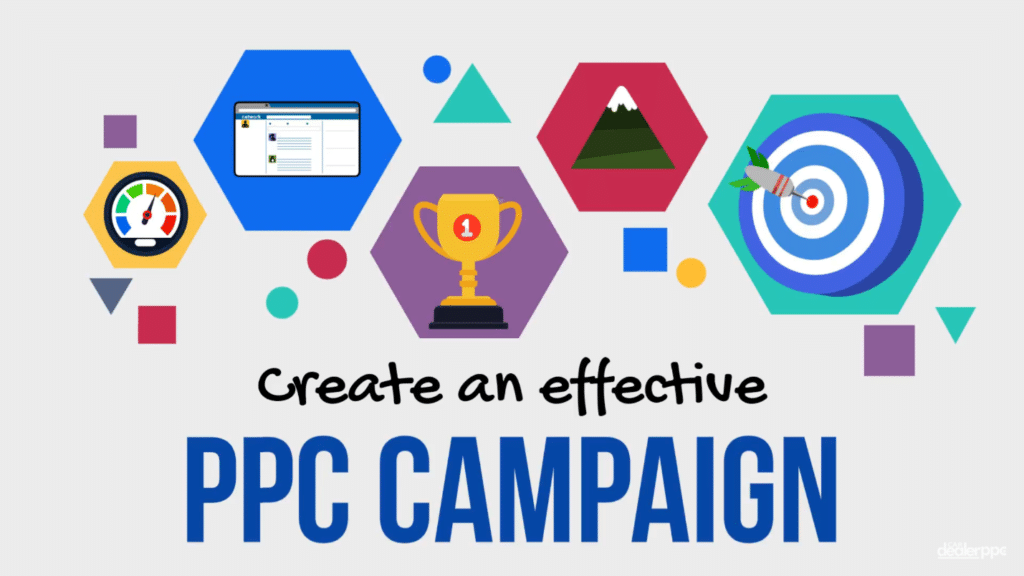If you’re tracking the performance of your pay-per-click (PPC) ad campaigns after a lot of hard work and strategizing, you should ask yourself how much effort you put toward improving your performance grade by rating your traffic. Is it a steep climb, or are you unimpressed with the result?
Some campaigns might seem like natural all-star rock climbers, while others are left cold, timid and trapped to the cracks of a wall.
Is there a secret? Yes – Proper training… but if you don’t have any, no worries — there’s still hope.
Here we provide rock solid tactics that you can utilize to get a handle on the whole PPC thing. We can teach you how to run a PPC campaign on a few of the most common platforms.
How to Run a PPC Campaign
1. Select a platform for your PPC campaign
The first step in running a new PPC campaign is to determine on which platform to run it. Google Ads are probably the most popular PPC campaigns among today’s marketers. Exciting news is that now social networks like Facebook and Twitter also offer pay-per-click advertisements?
Here’s how each of these common ad platforms operate.
Facebook Ads grant you the ability to place “sponsored” posts in user’s newsfeeds who identify with certain audience characteristics configured by you, the advertiser. Using this platform, you can select your ad’s objective — including brand awareness, website traffic, and store visits — your target audience, budget, and ad format. Facebook will then place your ad on the newsfeeds of users who match your choices, and charge you every time this ad is clicked.
Twitter Ads work comparably to Facebook Ads. Utilizing Twitter’s PPC ad platform, advertisers can select between eight different advertising objectives — including app installs, new followers, tweet engagements, and website traffic — as well as their target audience for the ads they run. Twitter will then “promote” your post on the newsfeeds of users who match your choices, and charge you every time this ad is clicked.
Google Ads allow you to pay for high-ranking real estate on Google’s various web properties — including search engine results pages (SERPs). Your campaign can take the form of a Display Ad, a Search Ad, an App Ad, or a Video Ad — the latter of which places your video on YouTube. These PPC campaigns allow you to set your ad budget, customize your audience, and/or commit to groups of search terms on which you want your search result to appear. Google then charges you each time this search result is clicked.
2. Choose a type of ad for investment
Each platform described above will give you choices for the type of ad you want to pay for clicks. On Facebook, for example, you can select between a single image, a single video, or a slideshow. On Google, your ad options are:
Display Ads
Banner ads can be found anywhere in the Google ecosystem, such as Gmail, YouTube and similar domains within Google’s “Display Network.”
Search Ads
These ad types are associated with PPC. Google’s Search Ads show your selected landing page in the form of a hyperlinked search result when users enter specific search terms. You can select these search terms when setting up your Google Ads campaign.
App Ads
These ads help to promote an app you’ve developed for sale on Google Play, the company’s app marketplace. Utilizing this ad type, Google automatically synthesizes each ad’s artwork using the contents of your app’s download page. Google then runs these ads in your chosen languages and locations. App Ads can appear across the Google ecosystem, including Google Search, Google Play, and YouTube.
Video Ads
Google’s Video Ads appear across YouTube and certain Google partner platforms. Advertisers can run their video ads before, during, or at the end of various videos that share a similar audience with the advertiser.
In, “Tips to Improve the Performance of Your PPC Campaign” Part II, we will go over more tactics on how to manage a successful PPC Campaign.


